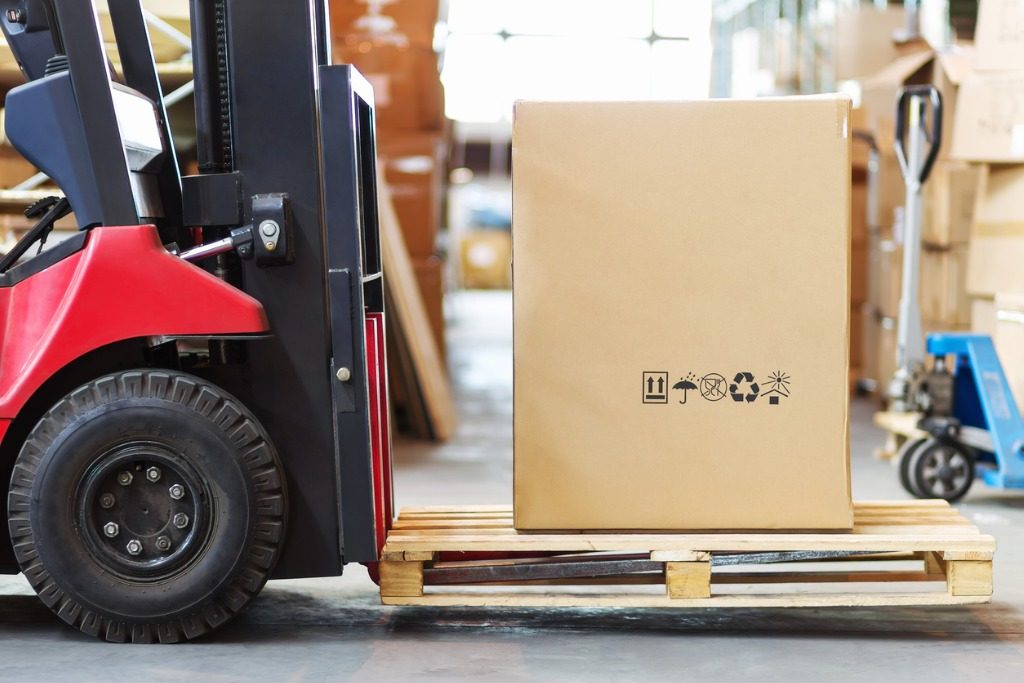Do you have certain data migration questions you just can’t find the answers to? Register for our free webinar “Ask Us Anything: Migrating Smarter, Not Harder” on Wednesday, October 30 at 11:00AM EST!
Data migration may seem like a relatively easy process at first glance. You pick data up from a chosen source and move it to a selected destination. Besides scheduling and maybe some light reorganization along the way, it’s pretty simple…right?
But what if you’re told that before migrating source data to a new Cloud destination, you must first make sure the source data:
- Is tagged properly for data classification and categorization?
- Does not contain any sensitive content such as corporate proprietary data, US PII, or EU GDPR?
- Is current and relevant?
Welcome to compliant migration: a better, safer way to conduct data migration when you have source data that must adhere to government and/or industry regulations as well as meet your company’s own corporate data policies.

Why Compliant Migration?
Now I know what some of you dear readers might be thinking:
“Compliant Migration doesn’t apply to me. I’m sure the source data I’m about to migrate is current, relevant, categorized, and doesn’t meet any regulatory restrictions.”
But are you really sure? If you’re the IT technician tasked with performing the migration, can you be certain that you are familiar enough with the source data to know its life cycle, purpose and content?
Perhaps an additional thought might be something like:
“Even if the data isn’t current, relevant, categorized and compliant, that’s the business’ concern not IT’s worry. IT is under a migration deadline. Migrate everything now and we can sort it all out once the data is in the destination.”

I realize that a simple “as is” migration plan (also known as “lift and shift”) is tempting because it doesn’t require getting to know the source data first. However, it can cost more time and money than a Compliant Migration in the long run. Migrating everything up front with the intention of sorting it out in the new destination later leaves a company vulnerable for the period of post-migration time it takes to complete the sorting.
Need some tips and tools to help facilitate a compliant migration? Check out this article: Click To TweetConsider this: recent studies show that 62% of companies inadvertently store sensitive data in the public cloud and 26% of companies have suffered some degree of cloud data theft. Data breaches can:
- Cost upwards of hundreds of thousands of dollars
- Initiate regulatory fines and/or penalties
- Erode public trust in the company
- Result in personnel changes.
Wouldn’t you rather be absolutely certain before migrating?
AvePoint Solutions
AvePoint offers several tools (and even a service!) that contribute to the data analysis preparation of a compliant migration along with solutions that perform the actual migration itself.
- AvePoint Discovery Tool: Use this tool prior to migration to break down the logical hierarchy and inventory of an existing SharePoint environment into details such as:
- SharePoint object counts by object type
- SharePoint object locations
- SharePoint content size per selected scope
- SharePoint object metadata (including creation, last access and last modification)

- AvePoint Compliance Guardian: Before migrating, employ this sophisticated data scanning engine that uses comparison analysis to identify content in a myriad of possible data sources (i.e. SharePoint, File Systems, Yammer, Box, Dropbox, etc.) according to out of box or custom comparison criteria including PII/PHI/HIPAA, EU GDPR, US ITAR/EAR and more. This solution can then also perform defined actions against qualifying content such as tagging, moving/archiving, quarantining (for human review), redacting, and more.

- AvePoint DocAve: This suite of tools for SharePoint contains pre-migration analysis tools such as the DocAve Migrator Tool for analyzing source content from a myriad of data sources. It also includes multiple migration modules for migrating from various data sources into SharePoint or Office 365 (SharePoint Online, OneDrive For Business, Office 365 Group Team Sites, etc.).

- AvePoint FLY (part of AP Elements): This tool can migrate data from a myriad of data sources into Office 365 using either Microsoft’s High-Speed Migration strategy or Office 365 API. It even migrates email!
- AvePoint MaaS (Migration as a Service): A “white glove” approach by AvePoint Client Delivery Services that encompasses consulting, planning and implementation of a thorough data migration project.
Whether migrating 1GB or 1TB, content management influences migration strategy (especially when working with older data sources). Modern cyber security policies and government or industry regulations often demand zero tolerance of data vulnerability. Adhering to new standards means reevaluation of the traditional “as is” (also known as “lift and shift”) migration methodologies. AvePoint is here to help you with the modern requirements of your migration project.
Want more content around migration? Be sure to subscribe to our blog!

